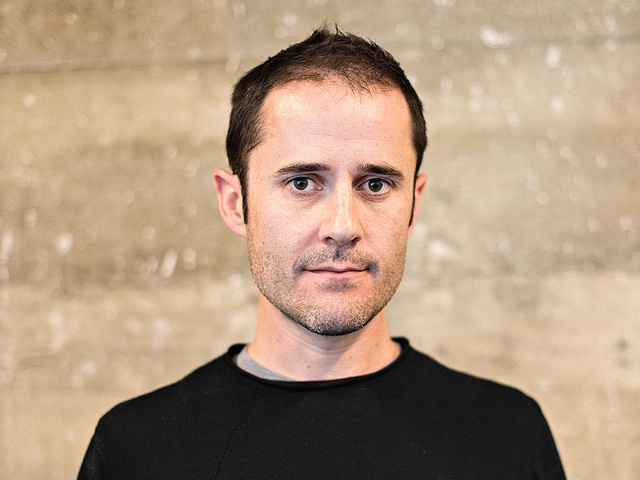Nothing amuses a journo or ruins a PR’s day more than a CEO or founder declaring “we want to be on the front page of x publication.”
The sensible response to that demand is ‘why?’ and it’s an important question for anyone looking for media coverage.
Usually ‘x publication’ is the nation’s major business outlet, think the AFR in Australia, the FT in the UK, or the Wall Street Journal in the United States. Every country has its equivalent.
Positive stories leading a site or paper aren’t something easily won, unless you’re buying space which is a different story.
However, regardless of whether you’re buying space or you’ve earned a story at the top of the page, is it something you really want and, if so, why?
A favourite story of mine involves an old colleague who was editing one of Australia’s top tech magazines (back in the days when front cover CDs drove sales).
Her magazine awarded ‘PC of the Year’ to a small suburban computer shop, resulting in that store deluged with orders.
Great news, right?
Not so for the business as the owners found themselves overwhelmed with work and, shortly after, buried with customer complaints as they struggled to meet demand. Eventually they went out of business with a horde of disaffected clients and consumer affairs on their tails.
Most business owners don’t think through why they are looking for publicity – if you suddenly get attention are you risking ending up like that suburban computer shop?
The answer to the ‘why’ question often turns out to be complex – some businesses are looking to juice sales or build their brand; others, particularly in the startup space, want to get on investors’ radars; while high-growth businesses may be looking at attracting good quality staff.
And there’s ego, which is often the biggest driver of the “I wanna be on the front page” demand.
The latter’s easy to get dispel with a litany of all the times CEOs and founders careers have been scuppered by a high-profile scandal on the front pages – basically the “you don’t wanna be on the front page” reply.
More complex are the other motives, and they require a nuanced, well-thought out strategy with the audience and the desired end result being key considerations.
Often, that audience is more in a niche publication, or even the company’s own social and owned channels, rather than a city or national publication.
While it’s a good ego-stroke to see yourself illustrating the day’s top story in the national business paper, for most organisations that’s not where the real benefit of media coverage lies in building a name, selling a product, or catching the eye of well-heeled investors.
Sensibly thinking about where you want to be seen is the first step to getting coverage. Of course, you still need to have something decent to cover.
But, no, you really don’t need to be on the front page.



